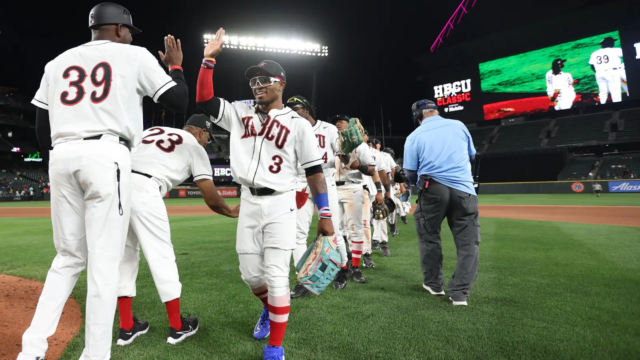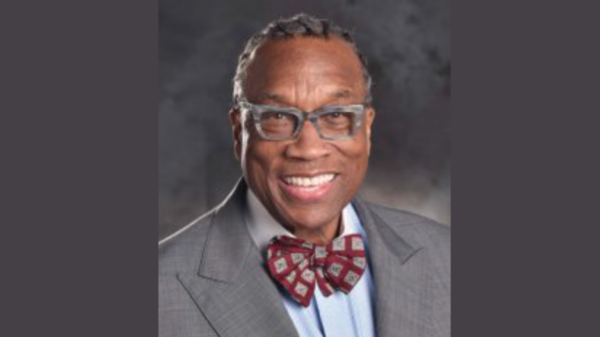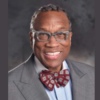By Justin Adams

Despite the criticism it has fielded for years, Major League Baseball doesn’t have a diversity problem. There are many different ethnicities on their rosters from across the ethnic spectrum. What is confounding, though, is the league’s issue in attracting and keeping American-born Black ballplayers on the diamond.
When the first pitch of MLB’s 93rd All-Star Game is thrown Tuesday night (July 11), only five American-born Black baseball players will be represented in the game. The three starters that were elected are Texas Rangers second baseman Marcus Siemen, New York Yankees outfielder Aaron Judge (who will not play due to injury), and Los Angeles Dodgers outfielder Mookie Betts. Milwaukee Brewers pitcher Devin Williams and Chicago Cubs pitcher Marcus Stroman were selected as reserves.
Compare that to the 31 internationally-born All-Stars that will be in the game. The American League roster has 19 and there are 12 on the National League roster. No fewer than 11 will represent the Dominican Republic, eight are from Cuba (an all-time record), six from Venezuela, and two from Curaçao. Japan and Canada each have a 2023 All-Star born in those countries.
The low number of Black American players in the Midsummer Classic unfortunately mirrors what’s seen in current rosters around the league. According to a recent survey conducted by The Institute for Diversity and Ethics in Sport at the University of Central Florida, on 2023 Opening Day, 40.3 percent of MLB players were players of color, up from 37.6 percent from the previous year. But the percentage of African Americans was 6.2 percent, a decrease of 1.0 percent from 2021 and marked the lowest since study data was first collected in 1991, when 18 percent of MLB players were Black.
Compare that to basketball and football where in 2022 Black athletes made up 71.8 percent of the players in the NBA, 56.4 percent in the NFL, according to Statista.
Despite striking out with the low numbers of Black athletes, MLB is still taking swings at trying to change those numbers through several programs and even using All-Star weekend to spotlight Black baseball players from Historically Black Colleges and Universities.
Fifty college baseball players from HBCUs played in the inaugural Swingman Classic, powered by the MLB-MLBPA Youth Development Foundation (YDF), at T-Mobile Park in Seattle last Friday to kick off All-Star weekend. The game gave college players from HBCUs a chance to play on the national spotlight in front of baseball scouts and fans. It was all the brainchild of baseball Hall of Famer and Mariners legend Ken Griffey Jr., who also serves as an ambassador for the YDF.”
“He (Griffey Jr.) identifies that in order for the game to grow, in order for the for the game to be truly what it can be, there needs to be some more African American players out there on the field to display their talents,” said Kendrick Marshall, who is the Senior Editor at HBCU Sports.
Amongst the 50 players in the game were Grambling State infielder Keylon Mack, who hit 16 home runs, second most in the SWAC, hard throwing right-handed North Carolina A&T pitcher Xavier Meachem, who was recently named to the USA Baseball Collegiate National Team, and Texas Southern outfielder Daalen Adderley, who led the SWAC with a .426 batting average.
“There are a lot of guys among the 50 who the opportunity to not only be on MLB radars in the future but to also get drafted this year,” Marshall said.
MLB has also invested in diversity-focused development programs for the youth starting with Reviving Baseball in the Inner Cities (RBI) since 1990, DREAM Series, Breakthrough Series, and the recently launched Identification Tour, where eighth and ninth grade players from underserved communities in 18 cities from across the country, have a chance to attend future development programs by MLB and USA Baseball. Additionally, later this month, the MLB-MLBPA Youth Development Foundation will host the Hank Aaron Invitational.
And the programs are paying off. Last year in the 2022 MLB Draft, four of the first five players drafted were Black. In this year’s draft, Black players made up six of the first 30 selections for the fifth time since 2012, and the second time since 2015 following last year’s nine first-round selections.
So, do these numbers guarantee that we will see more Black baseball players in the big leagues and at future All-Star Games? Not exactly. Unlike in the NFL and NBA, where first-round picks are immediately penciled in as starters on their teams, top prospects in baseball have to successfully climb through the minor league ranks for years before getting their shot.
It all comes down to building up a pipeline of Black baseball players by making the game more accessible and affordable by giving them every resource and opportunity available for them to develop their skills. The efforts may not improve the number of Black players above 18 percent, like in 1991, but it shouldn’t stop MLB from swinging for the fences.









